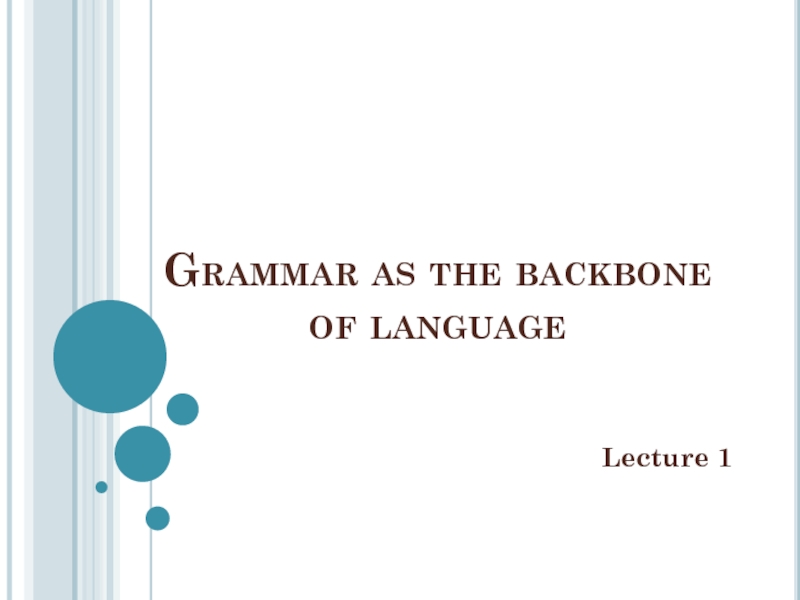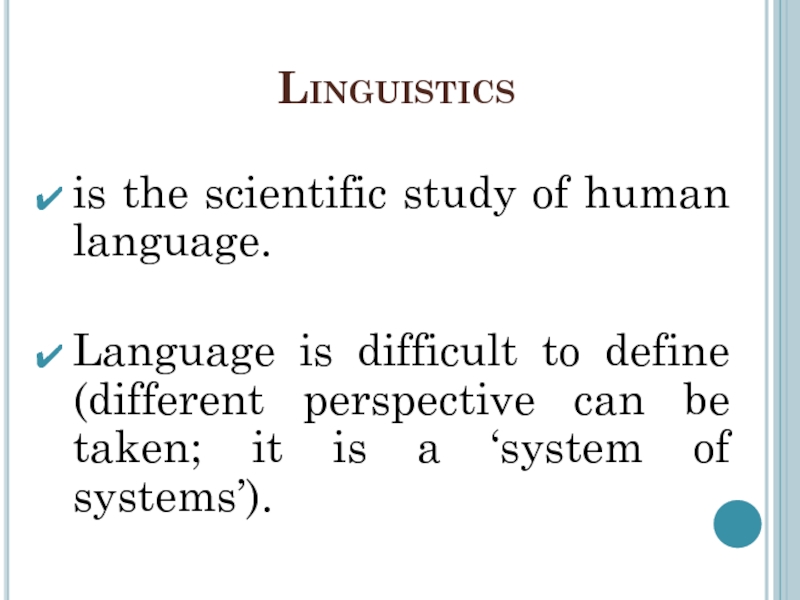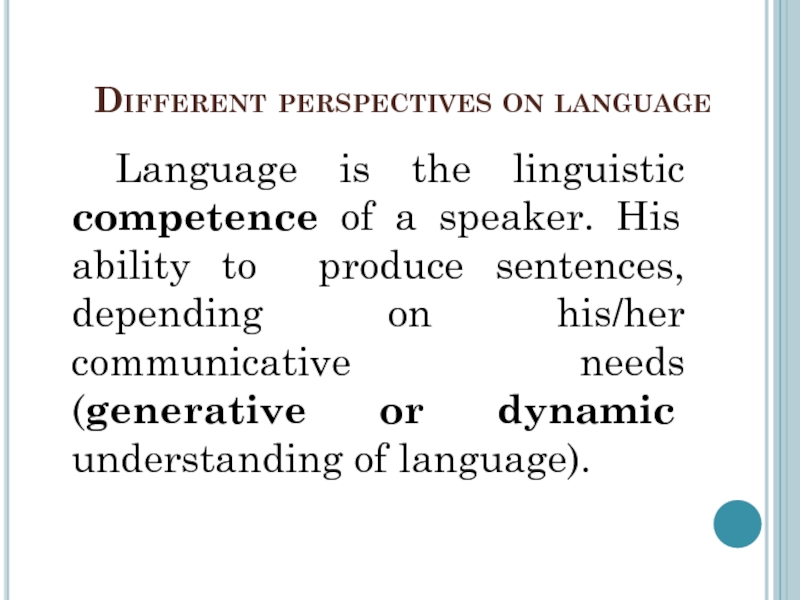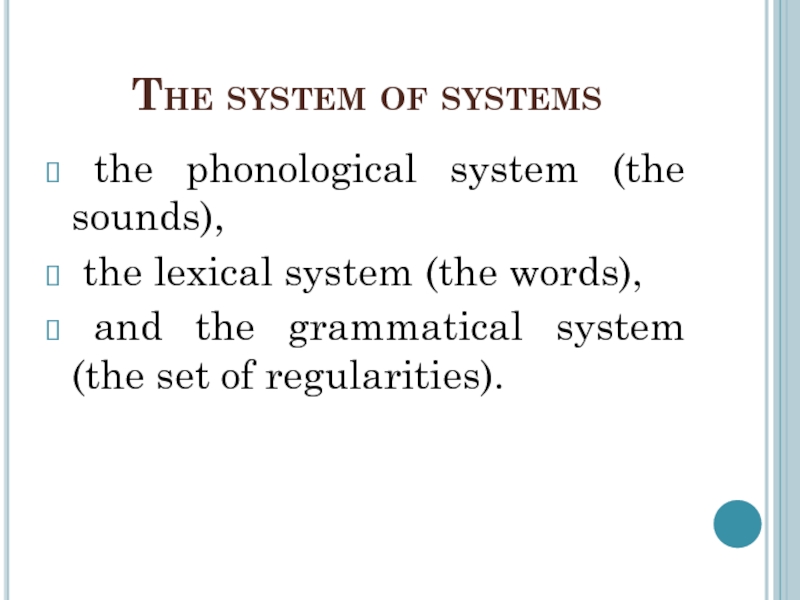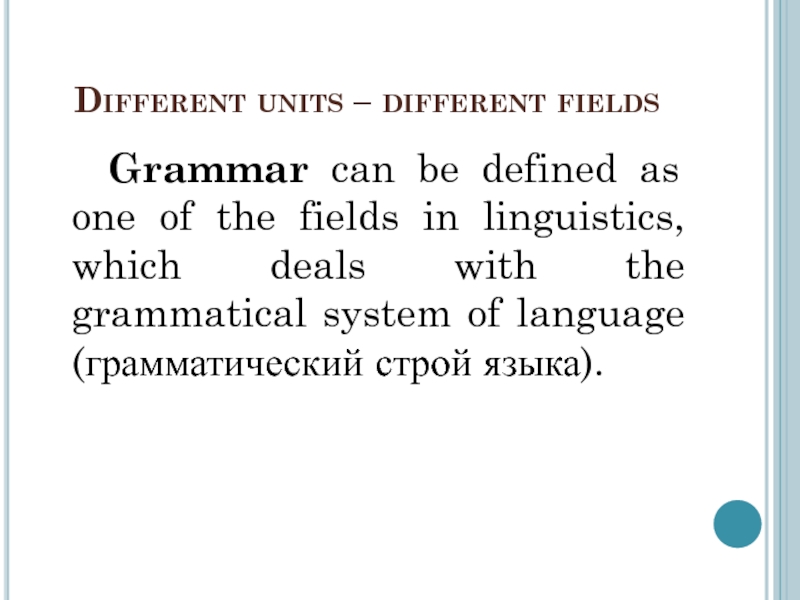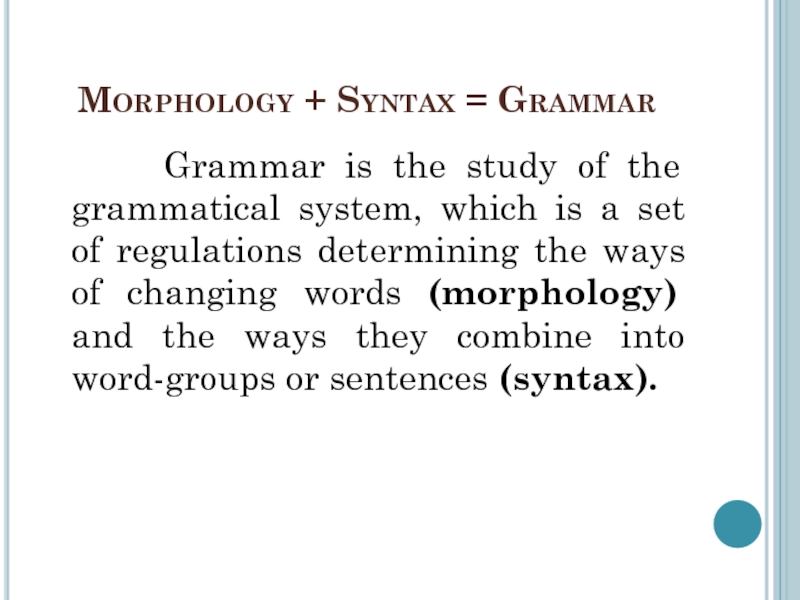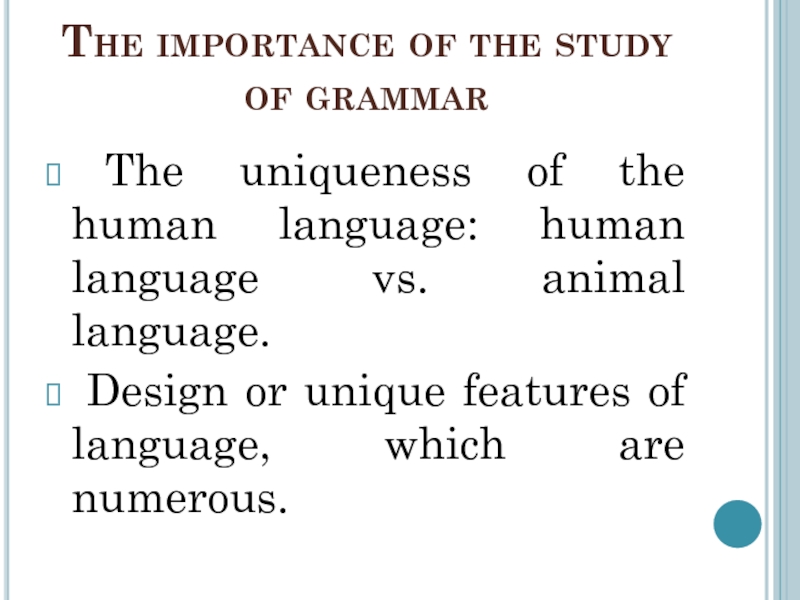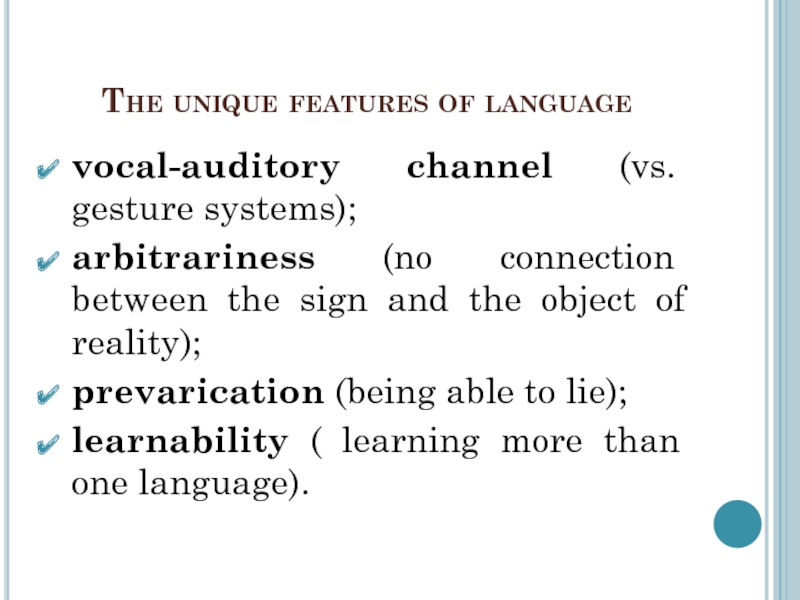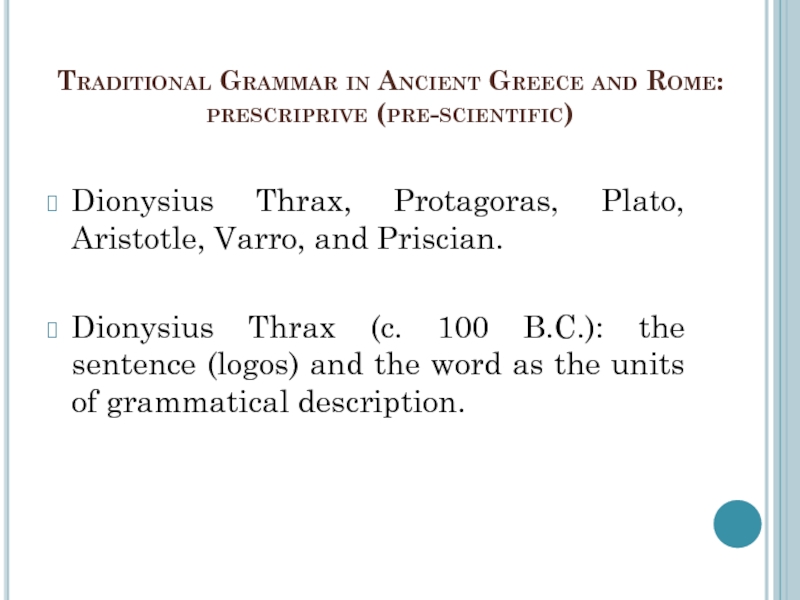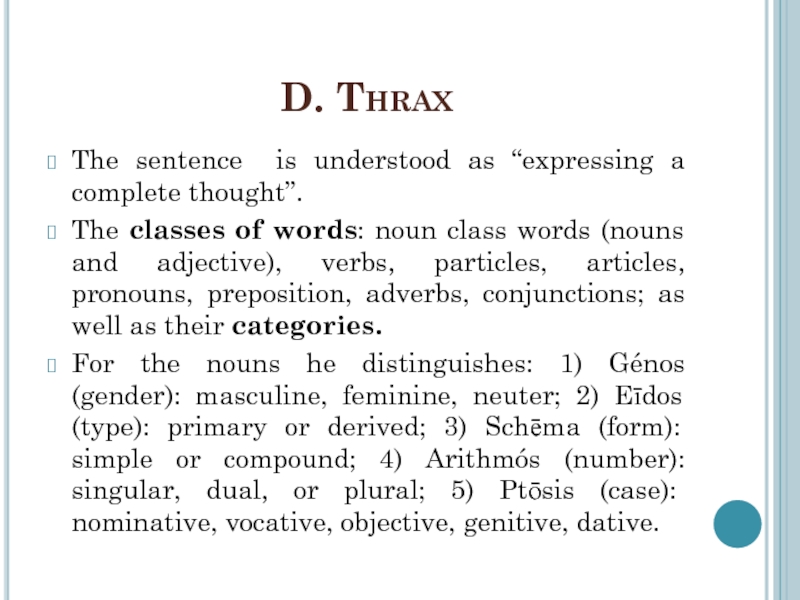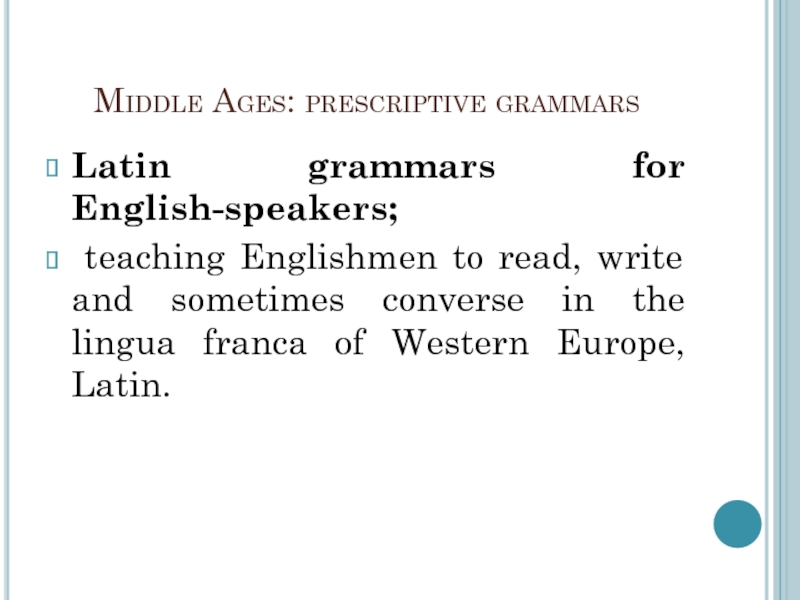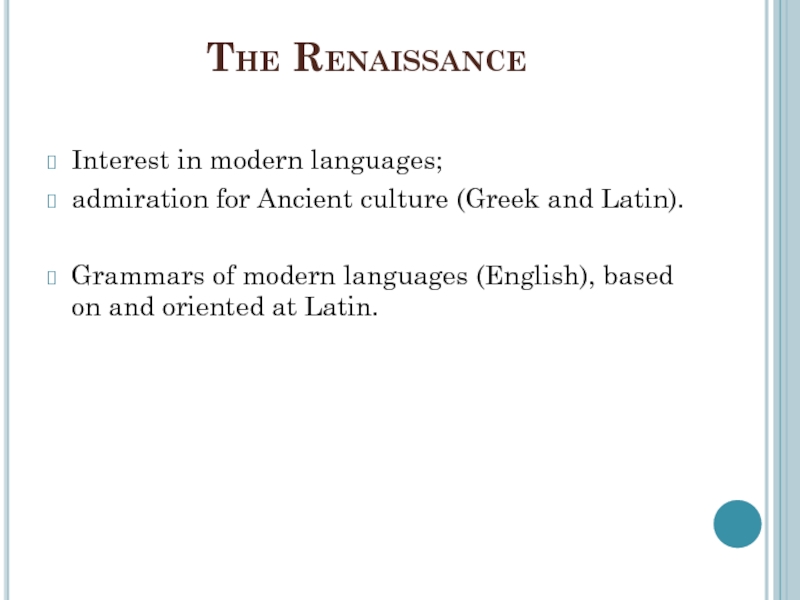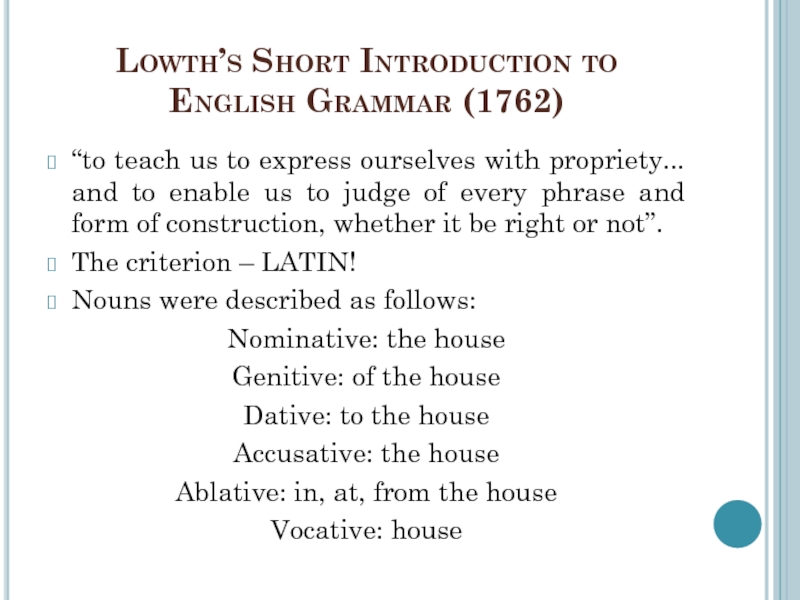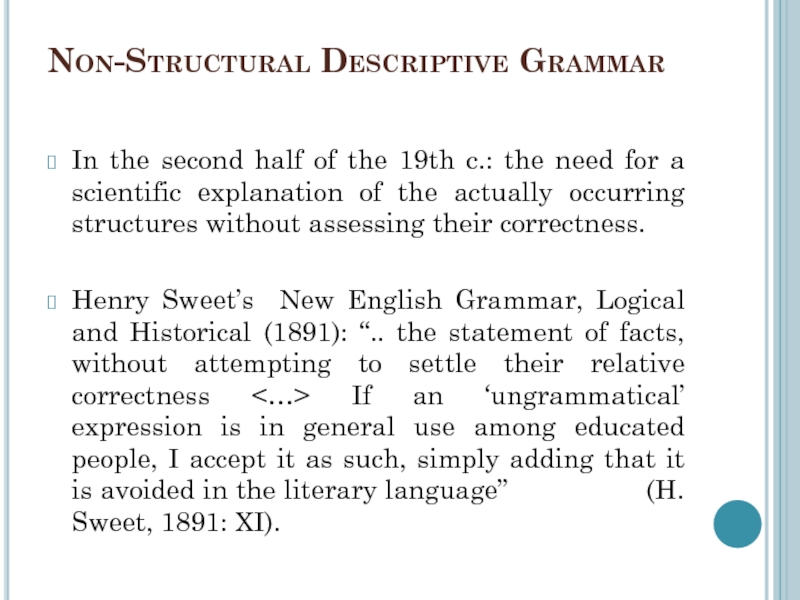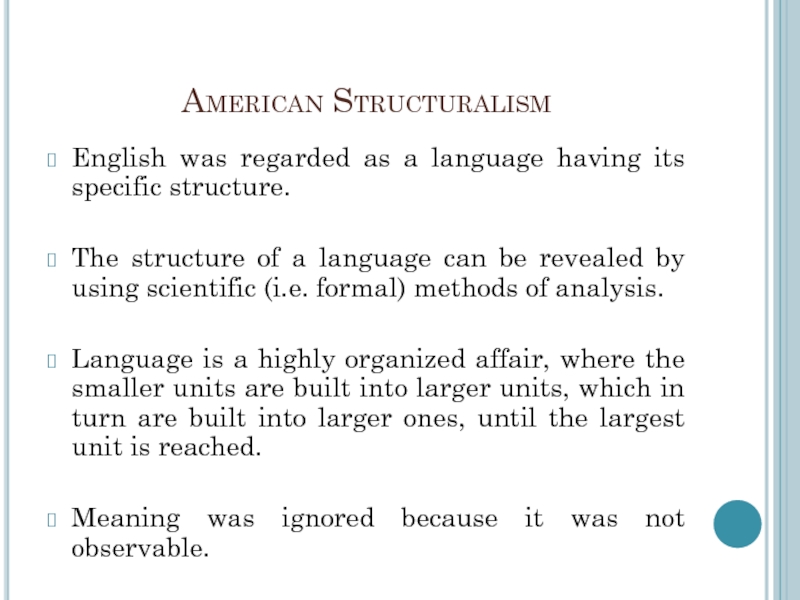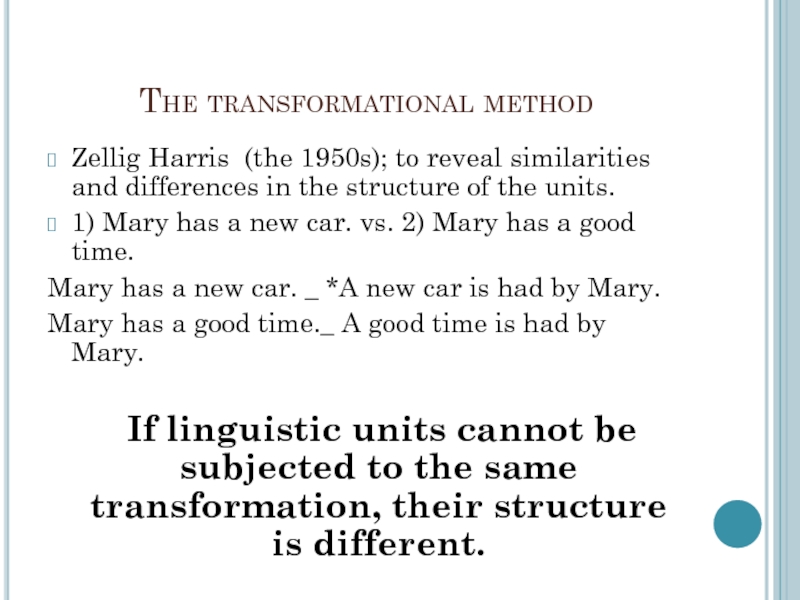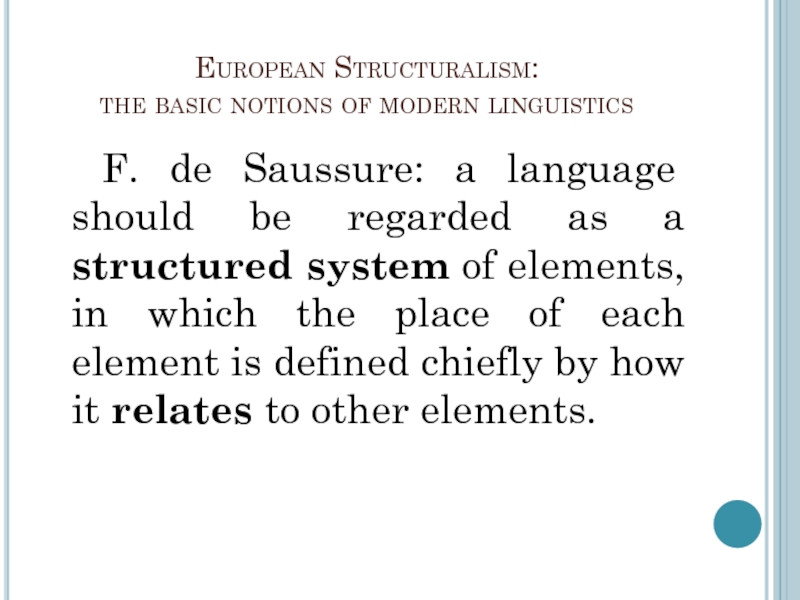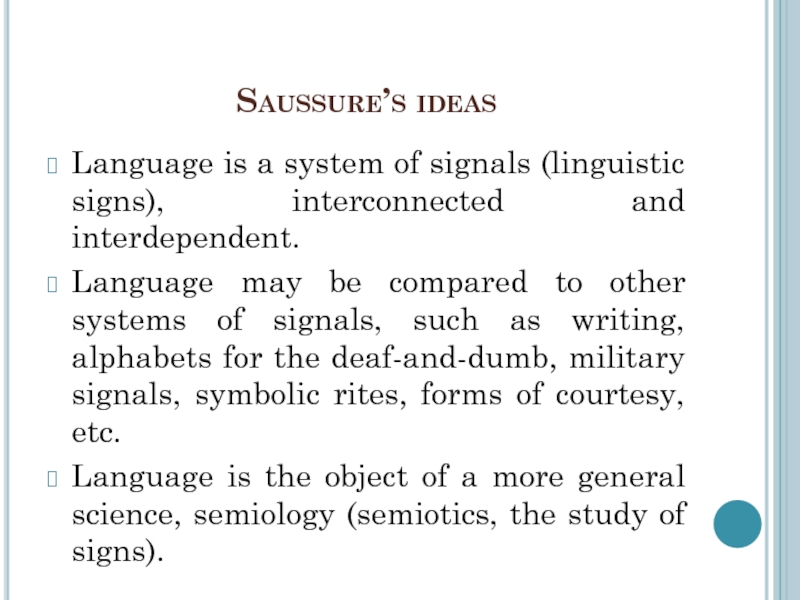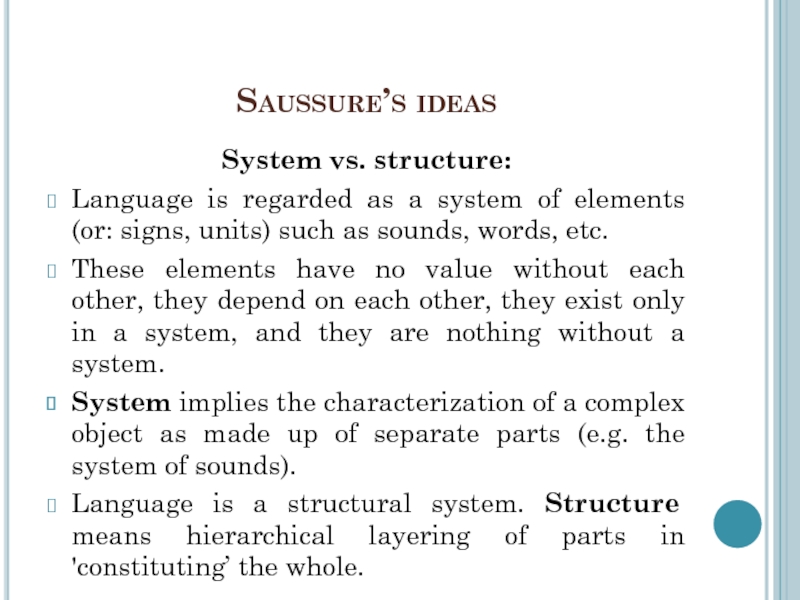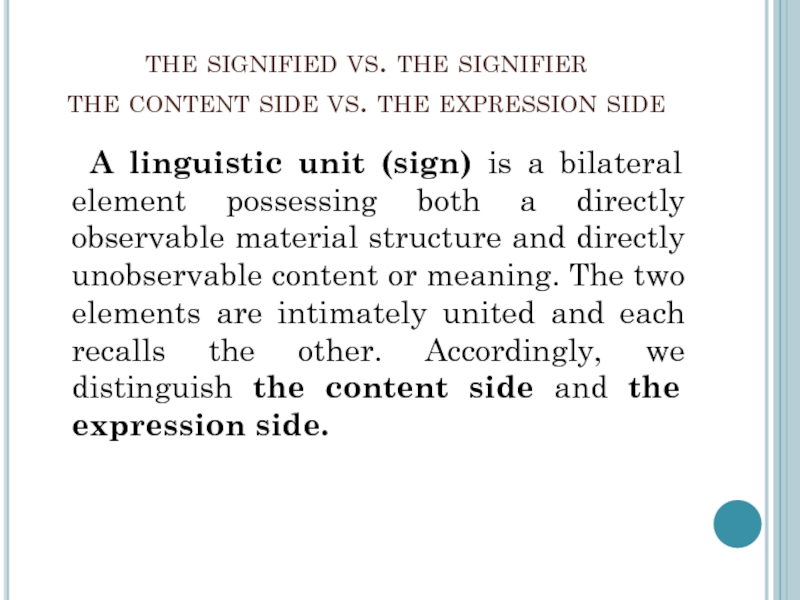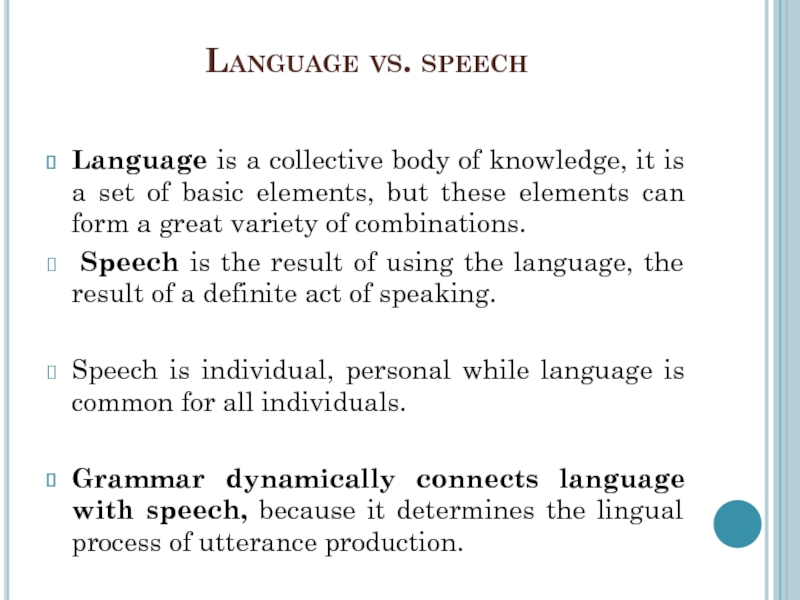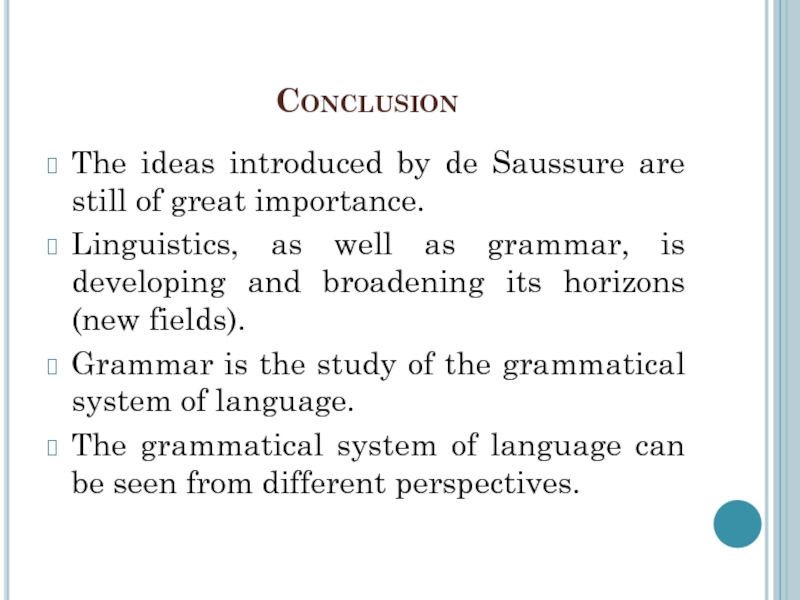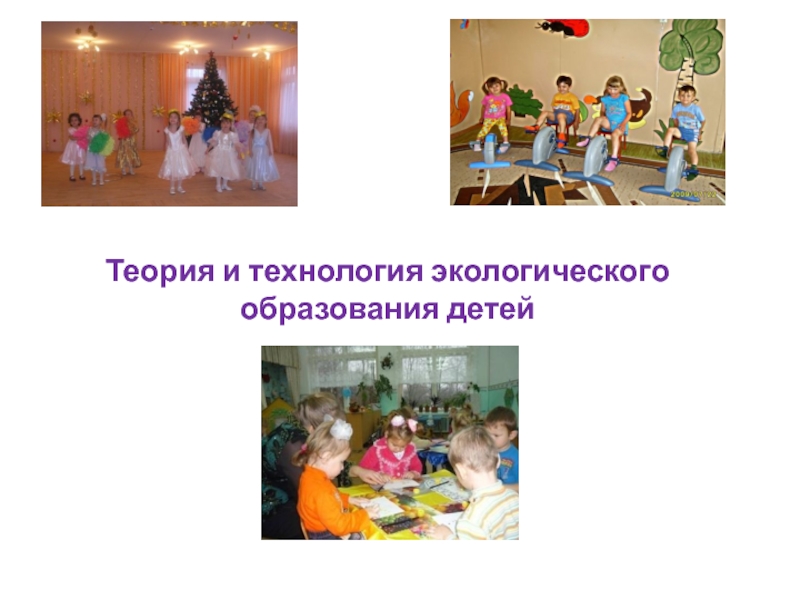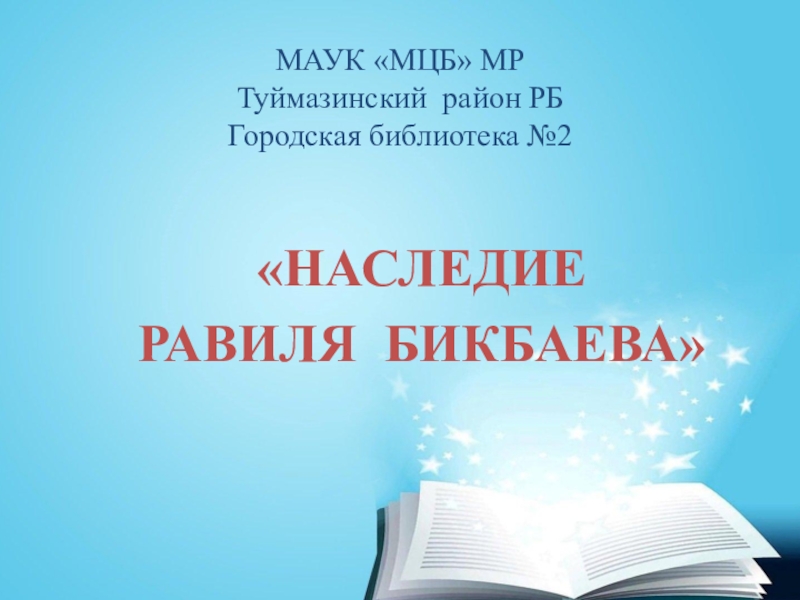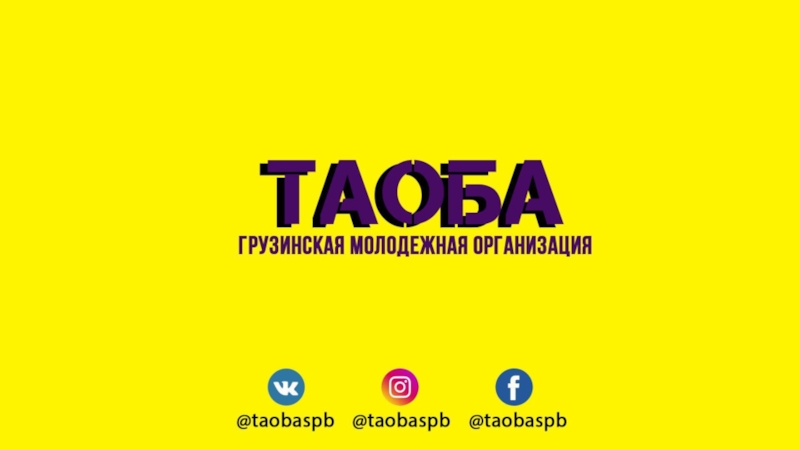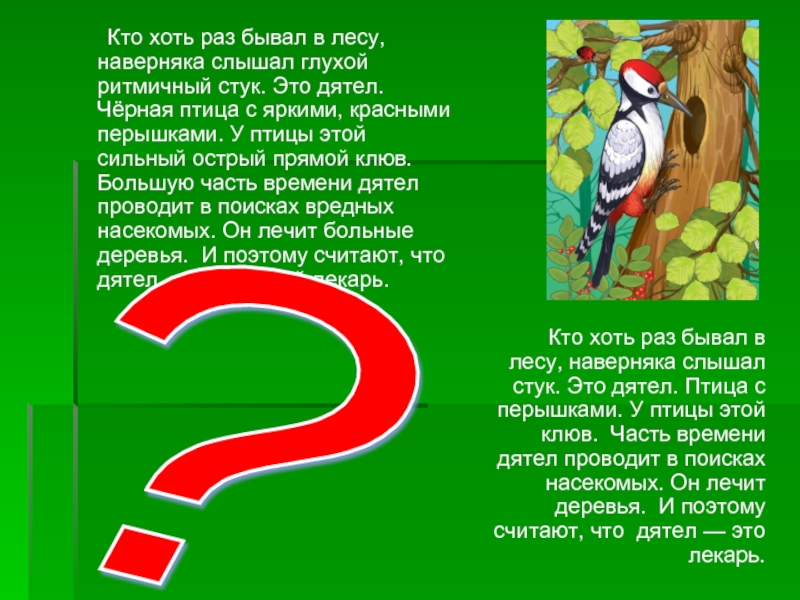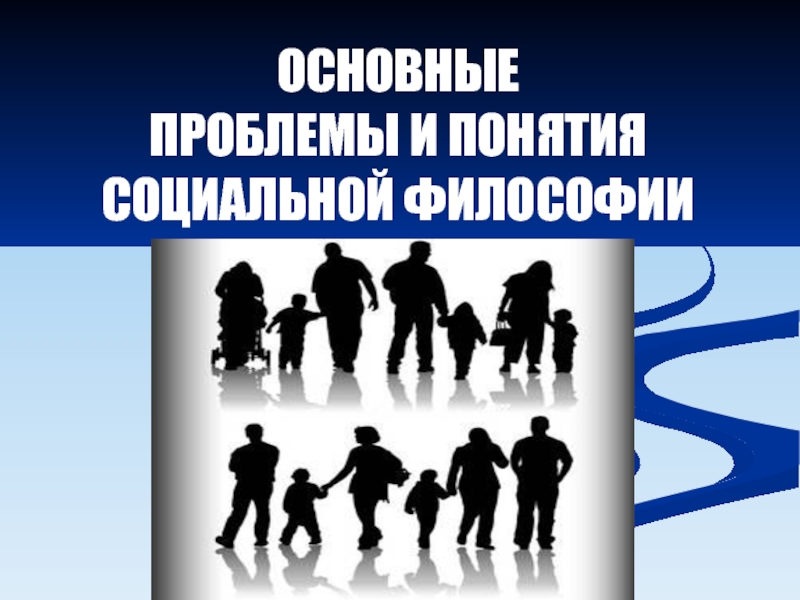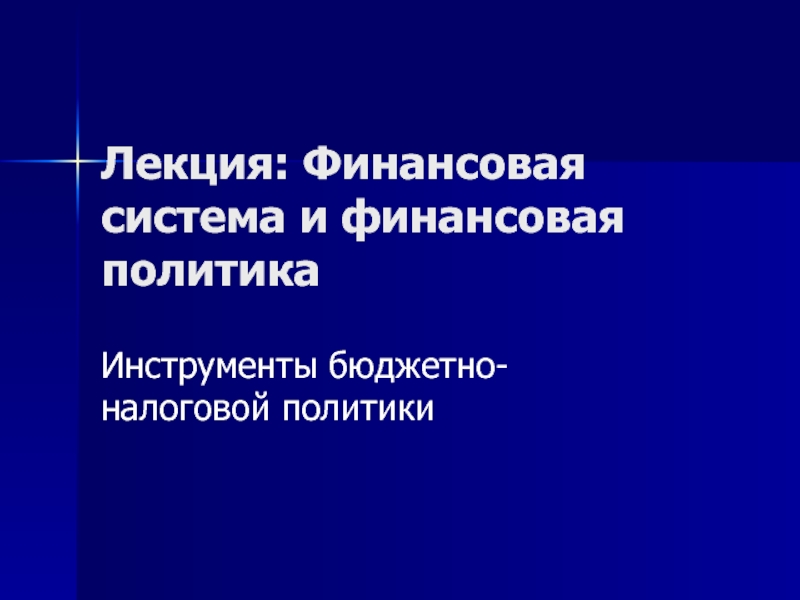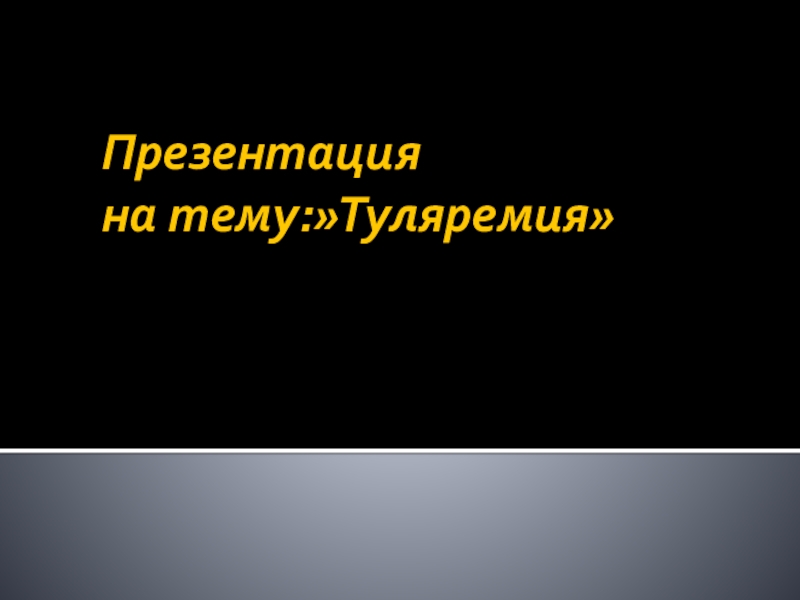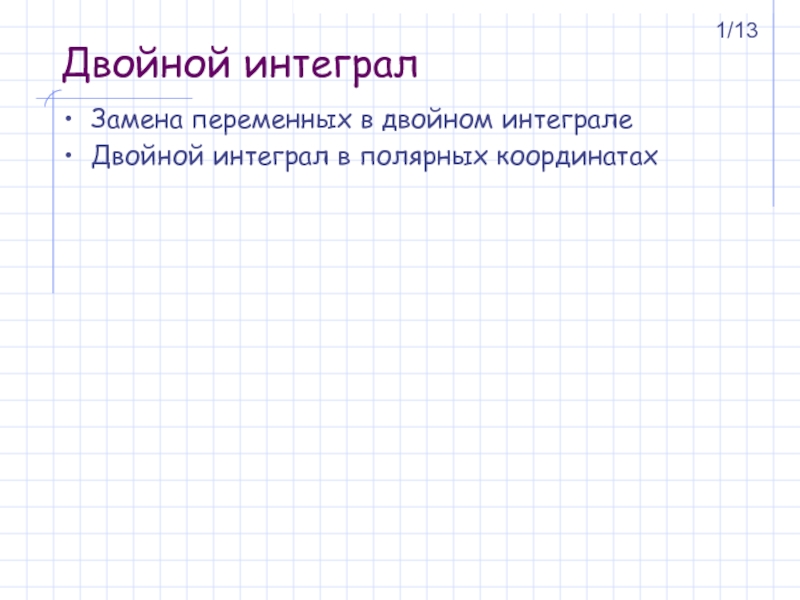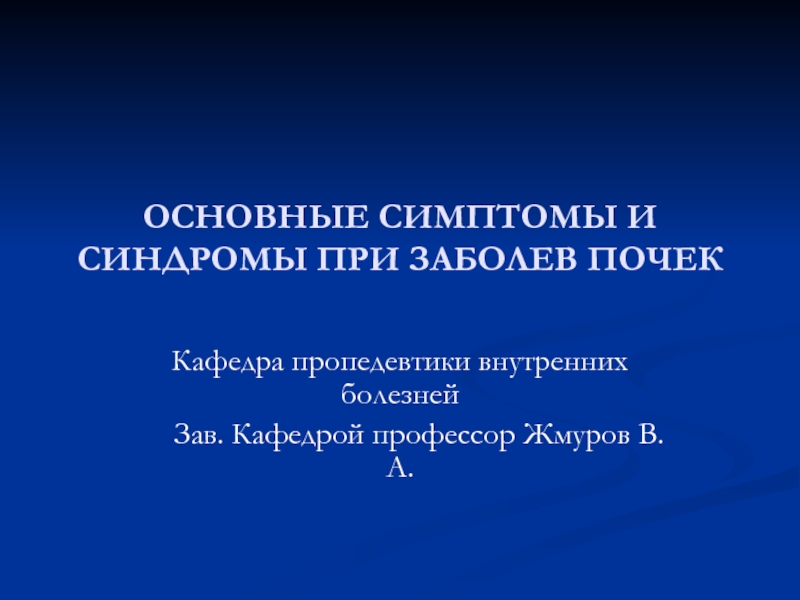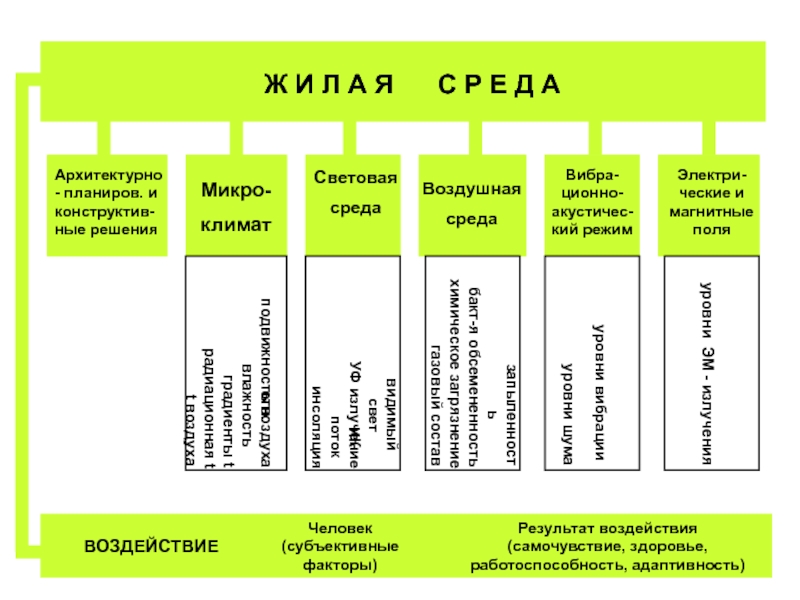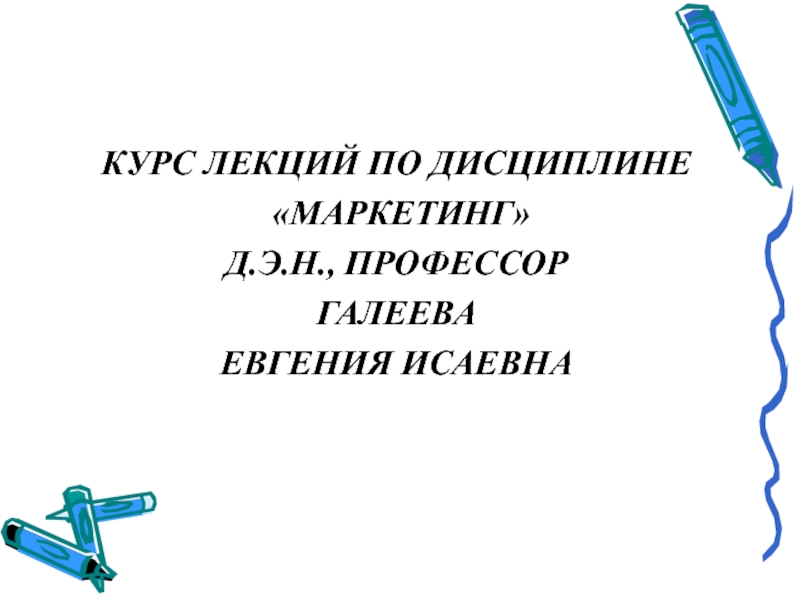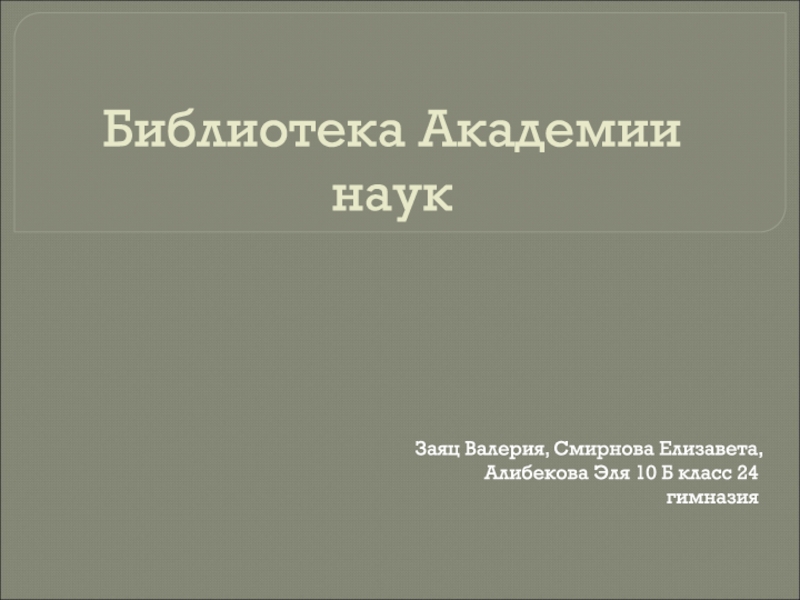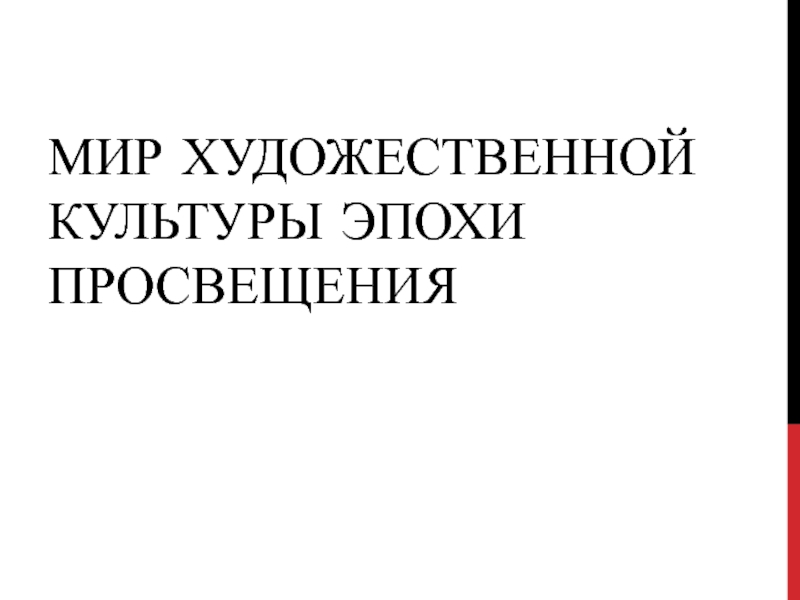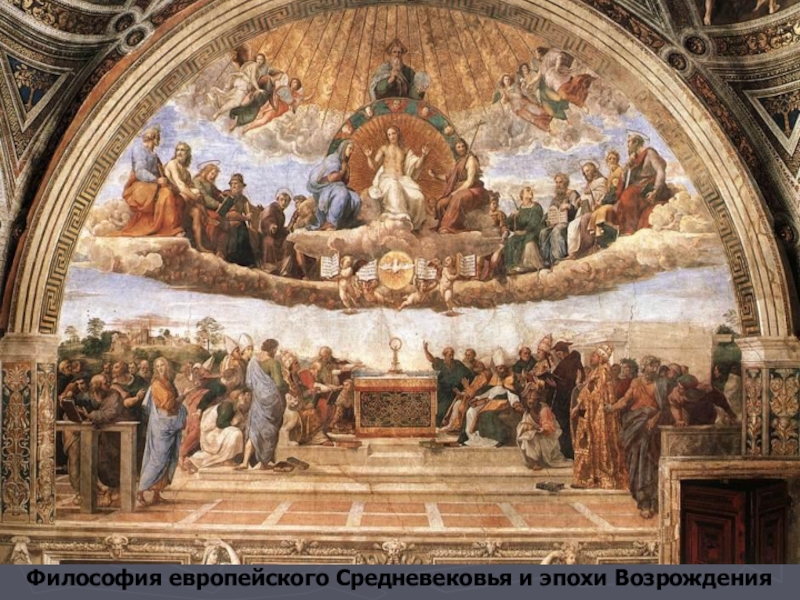Разделы презентаций
- Разное
- Английский язык
- Астрономия
- Алгебра
- Биология
- География
- Геометрия
- Детские презентации
- Информатика
- История
- Литература
- Математика
- Медицина
- Менеджмент
- Музыка
- МХК
- Немецкий язык
- ОБЖ
- Обществознание
- Окружающий мир
- Педагогика
- Русский язык
- Технология
- Физика
- Философия
- Химия
- Шаблоны, картинки для презентаций
- Экология
- Экономика
- Юриспруденция
Grammar as the backbone of language
Содержание
- 1. Grammar as the backbone of language
- 2. Lecture outlineGrammar as a design feature of
- 3. Linguisticsis the scientific study of human language.
- 4. The most common definition Language is
- 5. Different perspectives on language Language is the
- 6. Different perspectives on language Language is
- 7. The system of systems the phonological system
- 8. Different units – different fields Grammar
- 9. The grammatical system The grammatical system is
- 10. Morphology + Syntax = Grammar
- 11. Morphology and SyntaxMorpphology deals with morphemes, the
- 12. Different approaches to the study of linguistic
- 13. Practical vs. theoretical grammarPractical: providing the student
- 14. The importance of the study of grammar
- 15. The unique features of language“Language is the
- 16. The unique features of languagevocal-auditory channel (vs.
- 17. The most impressive featureduality of patterning (the
- 18. The historical perspectiveThe term ‘grammar’ comes from
- 19. Слайд 19
- 20. D. ThraxThe sentence is understood as “expressing
- 21. Traditional Grammar in Ancient Rome Roman linguistics
- 22. Middle Ages: prescriptive grammarsLatin grammars for English-speakers;
- 23. The Renaissance Interest in modern languages;admiration for
- 24. Lowth’s Short Introduction to English Grammar (1762)“to
- 25. Prescriptive grammarsPatterning after Latin in classifying words
- 26. Non-Structural Descriptive Grammar In the second half
- 27. Non-Structural Descriptive Grammar in Summary actual
- 28. Structural Descriptive Grammar The 20s of the
- 29. American StructuralismEnglish was regarded as a language
- 30. Immediate constituents analysis (IC analysis)
- 31. The transformational methodZellig Harris (the 1950s); to
- 32. European Structuralism: the basic notions of
- 33. Saussure’s ideasLanguage is a system of signals
- 34. Saussure’s ideasSystem vs. structure:Language is regarded as
- 35. The structure of languageThe segmental units of
- 36. the signified vs. the signifier the content
- 37. Language vs. speech Language is a collective
- 38. Syntagmatic vs. paradigmatic relationsSyntagmatic relations are immediate
- 39. Synchrony vs. diachronyA synchronic approach to language
- 40. According to Saussure: Linguistics is the study
- 41. ConclusionThe ideas introduced by de Saussure are
- 42. Скачать презентанцию
Lecture outlineGrammar as a design feature of human language.The term ‘grammar’ and its etymology.Practical vs. theoretical grammar.Grammar: the historical background.The notions of modern linguistics/grammar.
Слайды и текст этой презентации
Слайд 2Lecture outline
Grammar as a design feature of human language.
The term
‘grammar’ and its etymology.
notions of modern linguistics/grammar.Слайд 3Linguistics
is the scientific study of human language.
Language is difficult
to define (different perspective can be taken; it is a
‘system of systems’).Слайд 4The most common definition
Language is the vehicle for
the expression or exchanging of thoughts, concepts, knowledge, and information
as well as the fixing and transmission of experience and knowledge.Слайд 5Different perspectives on language
Language is the linguistic competence of
a speaker. His ability to produce sentences, depending on his/her
communicative needs (generative or dynamic understanding of language).Слайд 6Different perspectives on language
Language is a specific system
of signs (phonemes, morphemes, lexemes) and combinatory rules, which are
arbitrary but passed on as conventions (F. de Saussure, structuralism).Слайд 7The system of systems
the phonological system (the sounds),
the
lexical system (the words),
and the grammatical system (the set
of regularities).Слайд 8Different units – different fields
Grammar can be defined
as one of the fields in linguistics, which deals with
the grammatical system of language (грамматический строй языка).Слайд 9The grammatical system
The grammatical system is the whole set
of regularities determining the combination of naming means in the
formation of utterances as the embodiment of thinking process;a system of means used to turn linguistic units into communicative ones: the units of language into the units of speech.
Слайд 10Morphology + Syntax = Grammar
Grammar is
the study of the grammatical system, which is a set
of regulations determining the ways of changing words (morphology) and the ways they combine into word-groups or sentences (syntax).Слайд 11Morphology and Syntax
Morpphology deals with morphemes, the internal structure of
words, peculiarities of their grammatical categories and their semantics.
Traditional syntax
deals with the rules governing the way words are combined into sentences. Слайд 12Different approaches to the study of linguistic units
as the elements
of a particular language or across languages (Grammar in general
vs. the grammar of a particular language);descriptively vs. prescriptively (be vs. must be grammar);
synchronically vs. diachronically (at a particular period of time vs. in development overtime);
theoretically vs. practically.
Слайд 13Practical vs. theoretical grammar
Practical: providing the student with a manual
of practical mastery of the corresponding part of language.
The aim
of theoretical grammar of a language is to scientifically analyse and define its grammatical categories and study the mechanisms of grammatical formation of utterances out of words in the process of speech making.Слайд 14The importance of the study of grammar
The uniqueness of
the human language: human language vs. animal language.
Design or
unique features of language, which are numerous.Слайд 15The unique features of language
“Language is the most human of
all human attributes. More than just a means of communication,
it is our vehicle of thought. We cannot imagine human beings without language, and if we came across another creature with language in our sense we would say it was human or human-like, or intelligent in the way that humans are. Language influences every sphere of human activity, including all the sciences, from physics through sociology to literary criticism”.Слайд 16The unique features of language
vocal-auditory channel (vs. gesture systems);
arbitrariness (no
connection between the sign and the object of reality);
prevarication (being
able to lie);learnability ( learning more than one language).
Слайд 17The most impressive feature
duality of patterning (the use of a
small number of meaningless elements (phonemes) in combination to produce
a large number of meaningful elements (words, sentences), which is GRAMMAR!Grammar is the backbone of a language!
A man is homo grammaticus!
Слайд 18The historical perspective
The term ‘grammar’ comes from the Greek word
grammatikē,
‘gramma’ meant ‘letter’ and was derived from the stem which
originally was interpreted as ‘to draw or write’,tikē’ (from technē) meant ‘art’.
Literally, Grammatikē is the art of writing.
Generally, both philology and literature in the broadest sense.
"
Слайд 19
Traditional Grammar in Ancient Greece and Rome:
prescriprive (pre-scientific)
Dionysius Thrax, Protagoras,
Plato, Aristotle, Varro, and Priscian.
Dionysius Thrax (c. 100 B.C.): the
sentence (logos) and the word as the units of grammatical description. Слайд 20D. Thrax
The sentence is understood as “expressing a complete thought”.
The classes of words: noun class words (nouns and adjective),
verbs, particles, articles, pronouns, preposition, adverbs, conjunctions; as well as their categories.For the nouns he distinguishes: 1) Génos (gender): masculine, feminine, neuter; 2) Eīdos (type): primary or derived; 3) Schēma (form): simple or compound; 4) Arithmós (number): singular, dual, or plural; 5) Ptōsis (case): nominative, vocative, objective, genitive, dative.
Слайд 21Traditional Grammar in Ancient Rome
Roman linguistics was largely based on
the Greek tradition.
Varro: derivation vs. inflection.
Priscian: omits articles,
include the interjection. Having borrowed its foundations from the Greek tradition, for centuries Latin grammar was seen as the basis for other languages.
Слайд 22Middle Ages: prescriptive grammars
Latin grammars for English-speakers;
teaching Englishmen to
read, write and sometimes converse in the lingua franca of
Western Europe, Latin.Слайд 23The Renaissance
Interest in modern languages;
admiration for Ancient culture (Greek and
Latin).
Grammars of modern languages (English), based on and oriented at
Latin.Слайд 24Lowth’s Short Introduction to English Grammar (1762)
“to teach us to
express ourselves with propriety... and to enable us to judge
of every phrase and form of construction, whether it be right or not”.The criterion – LATIN!
Nouns were described as follows:
Nominative: the house
Genitive: of the house
Dative: to the house
Accusative: the house
Ablative: in, at, from the house
Vocative: house
Слайд 25Prescriptive grammars
Patterning after Latin in classifying words into word classes
and establishing grammatical categories;
Reliance on meaning and function in definitions;
The
standards of correctness are logic, which was identified with Latin, and the past;Emphasis on writing rather than speech.
Слайд 26Non-Structural Descriptive Grammar
In the second half of the 19th c.:
the need for a scientific explanation of the actually occurring
structures without assessing their correctness.Henry Sweet’s New English Grammar, Logical and Historical (1891): “.. the statement of facts, without attempting to settle their relative correctness <…> If an ‘ungrammatical’ expression is in general use among educated people, I accept it as such, simply adding that it is avoided in the literary language” (H. Sweet, 1891: XI).
Слайд 27Non-Structural Descriptive Grammar in Summary
actual usage without evaluating;
change
in language is not associated with corruption.
Слайд 28Structural Descriptive Grammar
The 20s of the 20th c. are considered
to be the birth of MODERN linguistics; structuralism.
Europe: F. de
Saussure (a Swiss linguist; his lectures which were published in 1915 by his followers, The Course in General Linguistics).In the US, Leonard Bloomfield, his book Language: “The study of language can be conducted... only so long as we pay no attention to the meaning of what is spoken”.
Слайд 29American Structuralism
English was regarded as a language having its specific
structure.
The structure of a language can be revealed by using
scientific (i.e. formal) methods of analysis.Language is a highly organized affair, where the smaller units are built into larger units, which in turn are built into larger ones, until the largest unit is reached.
Meaning was ignored because it was not observable.
Слайд 31The transformational method
Zellig Harris (the 1950s); to reveal similarities and
differences in the structure of the units.
1) Mary has a
new car. vs. 2) Mary has a good time.Mary has a new car. _ *A new car is had by Mary.
Mary has a good time._ A good time is had by Mary.
If linguistic units cannot be subjected to the same transformation, their structure is different.
Слайд 32
European Structuralism:
the basic notions of modern linguistics
F. de
Saussure: a language should be regarded as a structured system
of elements, in which the place of each element is defined chiefly by how it relates to other elements.Слайд 33Saussure’s ideas
Language is a system of signals (linguistic signs), interconnected
and interdependent.
Language may be compared to other systems of
signals, such as writing, alphabets for the deaf-and-dumb, military signals, symbolic rites, forms of courtesy, etc. Language is the object of a more general science, semiology (semiotics, the study of signs).
Слайд 34Saussure’s ideas
System vs. structure:
Language is regarded as a system of
elements (or: signs, units) such as sounds, words, etc.
These
elements have no value without each other, they depend on each other, they exist only in a system, and they are nothing without a system. System implies the characterization of a complex object as made up of separate parts (e.g. the system of sounds).
Language is a structural system. Structure means hierarchical layering of parts in 'constituting’ the whole.
Слайд 35The structure of language
The segmental units of language form
a
hierarchy of levels:
The lowest level of lingual segments is phonemic
(the phoneme).The morphemic level (the morpheme).
The lexemic level (the word).
The phrasemic level (the word-group).
The level of sentences, or "proposemic" level (the sentence).
The supra-proposemic (a sentence group, forming textual unity).
Слайд 36the signified vs. the signifier the content side vs. the expression
side
A linguistic unit (sign) is a bilateral element
possessing both a directly observable material structure and directly unobservable content or meaning. The two elements are intimately united and each recalls the other. Accordingly, we distinguish the content side and the expression side. Слайд 37Language vs. speech
Language is a collective body of knowledge, it
is a set of basic elements, but these elements can
form a great variety of combinations.Speech is the result of using the language, the result of a definite act of speaking.
Speech is individual, personal while language is common for all individuals.
Grammar dynamically connects language with speech, because it determines the lingual process of utterance production.
Слайд 38Syntagmatic vs. paradigmatic relations
Syntagmatic relations are immediate linear relations between
units in a segmental sequence (string); relations "in praesentia" (observed).
Paradigmatic
relations exist between elements of the system outside the strings where they co-occur; each lingual unit is included in a set or series of connections based on different formal and functional properties; relations "in absentia"" cannot be observed in a line). Слайд 39Synchrony vs. diachrony
A synchronic approach to language is the study
of language at a particular period of time, ignoring the
numerous historical factors and influences which led to that state.A diachronic approach is historical, it studies the development of language overtime.
Слайд 40According to Saussure:
Linguistics is the study of language (not
speech);
It is synchronic;
It must be concentrated on the units of
language and relations between them.Слайд 41Conclusion
The ideas introduced by de Saussure are still of great
importance.
Linguistics, as well as grammar, is developing and broadening its
horizons (new fields).Grammar is the study of the grammatical system of language.
The grammatical system of language can be seen from different perspectives.
